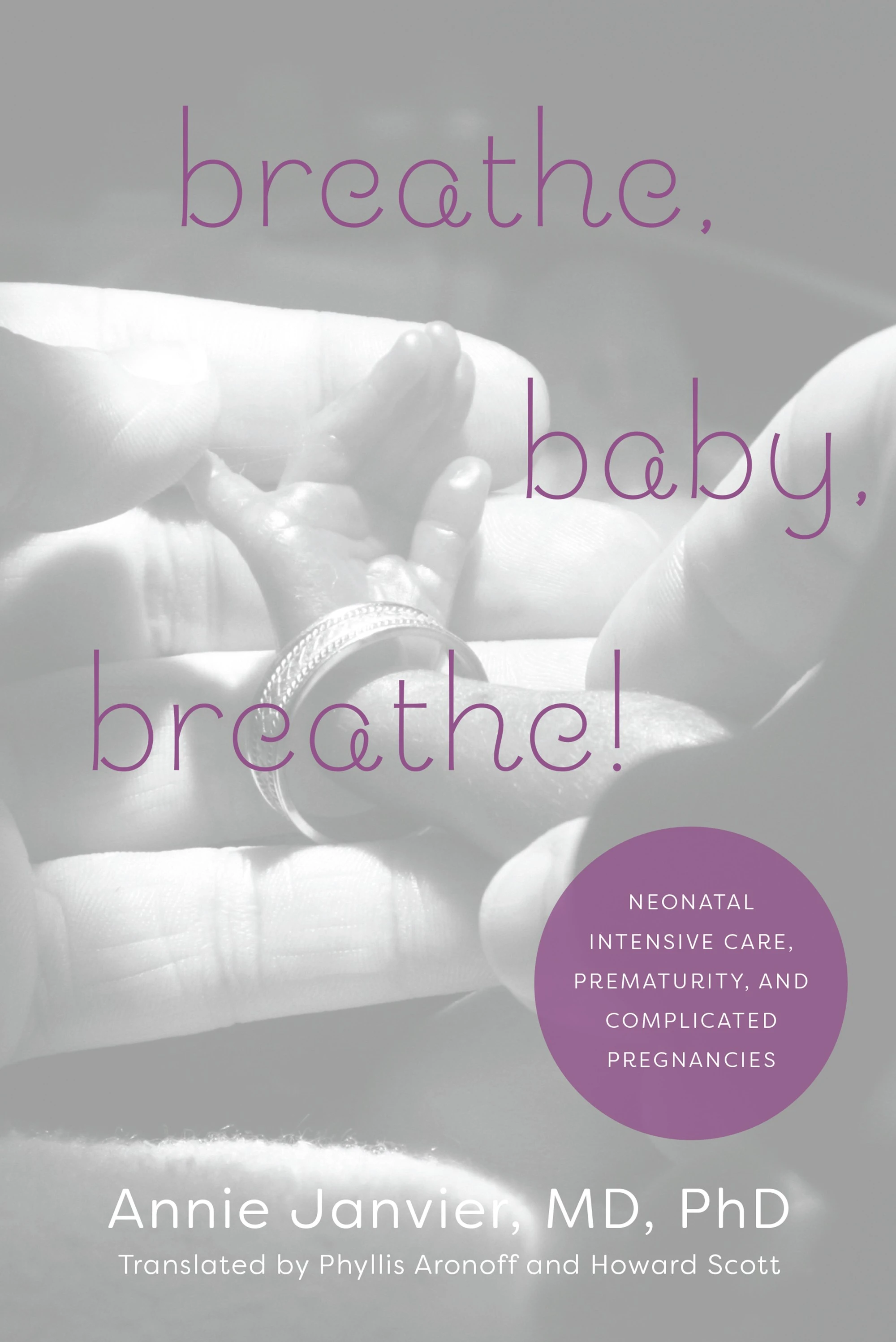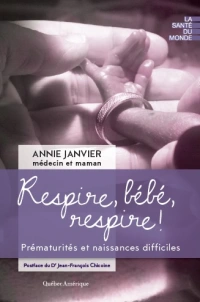A round-up of a few publications that have appeared over the last few months.
Lampland AL et al: Bi-level CPAP does not improve gas exchange when compared with conventional CPAP for the treatment of neonates recovering from respiratory distress syndrome. Archives of Disease in Childhood – Fetal and Neonatal Edition 2015, 100(1):F31-F34. In this study, 20 LBW babies were observed in a cross-over design. They were randomized to either get CPAP at +6, or SiPAP with a mean of 6 (it was usually about 9/4 with 20 1 second cycles per minute), they used the Infant Flow system, and all the babies had a chin strap in place. the main outcome variables were oxygenation and transcutaneous CO2. Treatment blocks were for 1 hour at a time. There were basically no differences between groups in gas exchange, and also no difference in apnea. But I question whether 1 hour is really enough time to see if there is an effect on apnea, the mean number of prolonged apneas was less than 1 per hour. Apnea occurs in unpredictable patterns, so much longer treatment periods are needed to see if there is an effect.
Gizzi C et al: Is synchronised NIPPV more effective than NIPPV and NCPAP in treating apnoea of prematurity (AOP)? A randomised cross-over trial. Archives of Disease in Childhood – Fetal and Neonatal Edition 2015, 100(1):F17-F23. This is also a randomized cross-over study, with, this time, 4 hour periods on each of 3 modes of ventilation. CPAP at 5 to 6, Nasal ventilation using the same device (Giulia ventilator) and set at 15/5 to 6, rate of 20 and Ti of 0.3s. Synchronised nasal ventilation was achieved by adding a pneumotach to the circuit, between the Y piece and the patient prongs. They used tight fitting prongs, and, during the SNIPPV sessions one of the investigators sat by the bedside to make sure the flow signals and triggering were working properly. They showed a reduction in desaturation spells with SNIPPV compared to non-synchronised NIPPV and compared to CPAP, with a p-value of very close to 0.05 for both comparisons. There was no change in bradycardias, which were uncommon in any case. I really don’t think that it would be possible with flow triggering to have prolonged synchronised NIPPV, the leaks are too variable, so synchronisation without an investigator sat by the bedside to constantly adjust the prongs is unlikely, I think, to work.
Stern DJ et al: Synchronized neonatal non-invasive ventilation-a pilot study: The graseby capsule with bi-level NCPAP. Pediatric Pulmonology 2014, 49(7):659-664. If you have the Infant Flow SiPAP device you can try to synchronize to the babies effort using the Graseby Capsule. But does it actually work? In these authors hands, yes. As long as you have the Ti set to at least 0.3 seconds, and you don’t expect it to trigger 100% of the time. They got about 3/4 of the respiratory efforts to trigger an inhalation, and no triggers when the baby did not breathe. It took about 26 ms to respond, which was actually faster than the respiratory inductance device. I think with care, you could synchronize for prolonged periods with the Graseby capsule, it used to work with the Infantstar ventilator. It was that system I used for my RCT of post-extubation NIPPV compared to CPAP. Incidentally the RCTs showing benefit (in terms of reduction of extubation failure with NIPPV) mostly used synchronisation, mostly with the Infantstar ventilator and a Graseby capsule.
Salvo V et al: Noninvasive Ventilation Strategies for Early Treatment of RDS in Preterm Infants: An RCT. Pediatrics 2015, 135(3):444-451. In this study 124 VLBW infants who did not need intubation in the delivery room were randomized to either nasal synchronized IPPV using the same system as in the Gizzi study above, or to BiPAP using the Infant Flow device. On BiPAP the babies got 8 to 9 cmH2O and a PEEP of 4 to 6, with an time on the high pressure of 1 second and a rate of 20 per minute. on nSIPPV they got 15 to 20 over 4 to 6, with a frequency of 40 and a time on the high pressure of 0.3 to 0.4s.
The babies of 26 weeks and less were treated with surfactant via a brief intubation first, the more mature babies didn’t routinely get surfactant.
Failure of non-invasive support was defined as needing more than 40%, or having high CO2 (over 65) or lots of apnea. There were the same number of babies who filed in each group. (Some of the failures were for reasons that are not included in their definition of failure, such as pulmonary hypertension, PDA and pneumothorax).
Nevertheless, they had no differences in any outcomes.
One could again question how successful the synchronisation was over several days, and also how well maintained the pressures were on the BiPAP, infant flow device, which often delivers pressures much less than those that you want. Nevertheless in routine clinical practice this study doesn’t suggest any large difference between the efficacy of these two approaches.
I started to write about this trial, but the more I looked at it the more uninterpretable it became. This is reported as an RCT in term and preterm babies with respiratory distress who were randomized to NIPPV or CPAP. About 90 in each arm of the trial. One of the outcome variables (the primary outcome) is need for intubation, and apparently 88% of the NIPPV babies avoided intubation, and 79% of the CPAP babies. Which is not significant by Chi-square, p=0.13 (with or without Yates correction). Although the authors state that it was significant, p<0.05.
Also 83% of the babies in each group received surfactant. I am not sure how. as they weren’t intubated! So I think the data are unreliable, unless some clarification can be obtained. I don’t understand how the reviewers didn’t pick this up.








